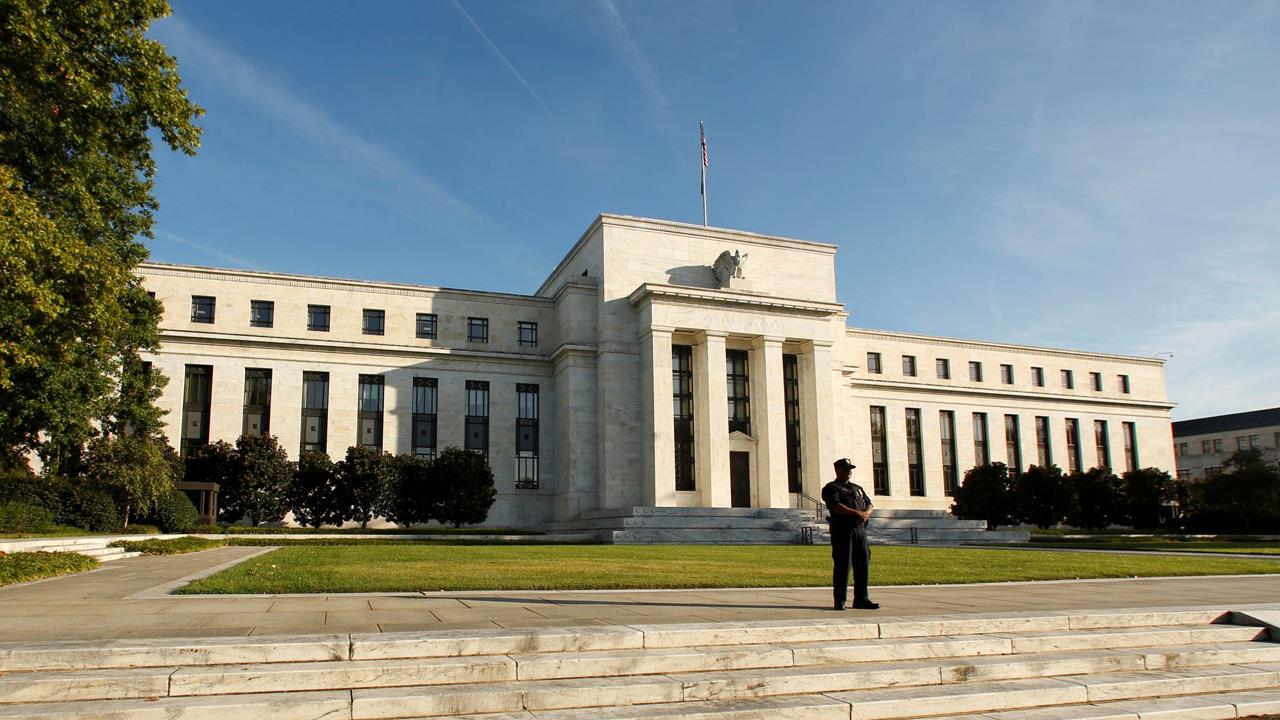The Fed sidesteps wage growth in economic praise
As the Federal Reserve opted to maintain interest rates at its November policy meeting, they also offered a strong assessment of the economy, suggesting a rate hike in December is on course.
Policymakers characterized the economy as “strong” and said the job market continues to strengthen, yet there was no mention of wages, which as of October jumped at the fastest pace in nearly a decade rising 3.1 percent. The employment cost index for the third quarter, which tabulates companies’ labor costs, also showed growth.
“I don’t think they’ll pick up the pace of rate hikes right now, but if things accelerate the next few months they could increase the pace,” says Joseph LaVorgna, chief economist for Natixis. LaVorgna thinks that if the next employment report is strong with strong wage growth again the Fed could add an extra rate hike in 2020 or 2021. If Fed officials did look to boost the number of rate hikes it would be reflected in their next interest rate forecast in December.
The increase in wage growth after nearly a decade of stagnating, supports Fed officials’ belief in the so-called Phillips curve, which theorizes that as the unemployment rate falls, wages rise. That’s now been further taken within the economics community to say that higher wages could feed overall inflation. The stronger wage growth numbers could give the hawks on the committee more ammunition that price inflation will soon make a comeback, although that has yet to materialize. Inflation is trending right around the Fed’s 2% target.
Minutes from the Fed’s policy meeting in September showed a “number” of members want to raise interest rates faster in the short term to make sure inflation doesn’t take off well beyond their 2% target. In three weeks investors will get the next round of minutes, which could reveal a better window into how officials feel about the economy and the path for interest rate increases.
As of Thursday, officials unanimously voted to maintain its benchmark interest rate in a range of 2%-2.25%. Though officials noted the slowdown in business investment since their last meeting in September.
“There was nothing in the policy statement to suggest that officials are wavering from their plans to hike interest rates again in December,” said Michael Pearce, senior economist for Capital Economics.
Fed Vice Chairman Richard Clarida said in a speech recently that if inflation isn’t taking off there would be no need to increase interest rates at a faster pace even if the job market remained strong.
Fed officials have penciled in one more rate hike for this year and three more next year. Officials are aiming to get the benchmark interest rate to a level of neutral, which neither speeds up nor slows down economic growth. Officials on average see that level of around 3%.
Fed Chair Jay Powell said in an interview this fall that the Fed is still “a long way” from neutral and that the Fed could go past neutral.
Investors will hear from Powell next week when he is interviewed in Dallas by Robert Kaplan, president of the Federal Reserve Bank of Dallas.




















